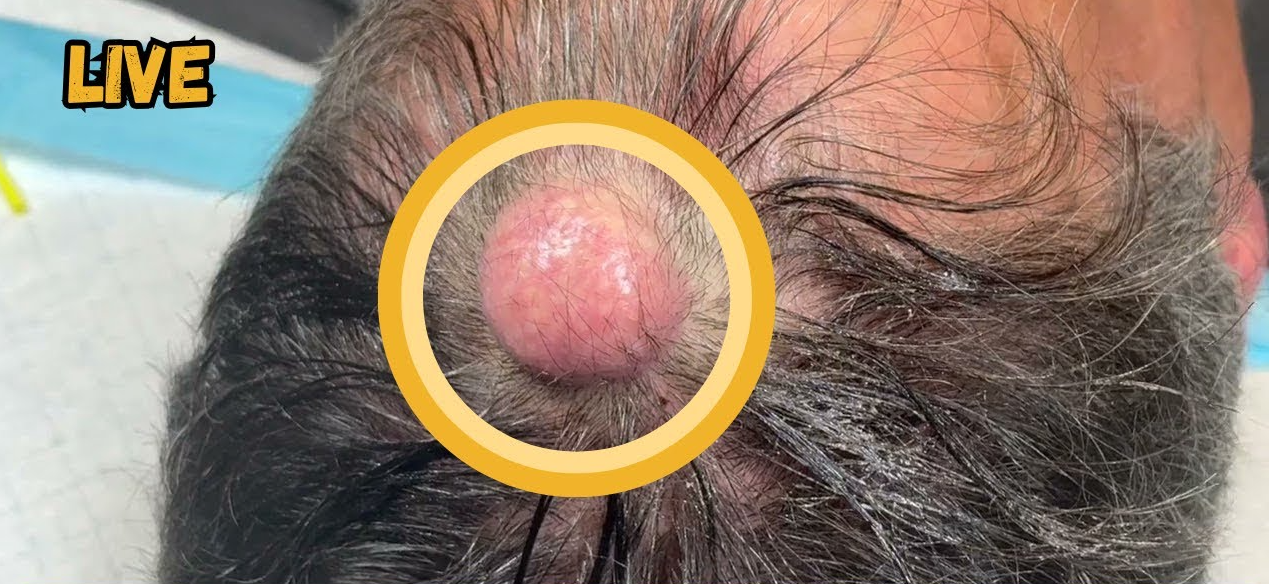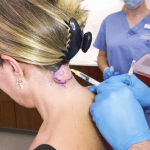how do you Get rid of acne scars
Please scroll down to watch the video.👇👇
Absolutely! Getting rid of acne scars can be a journey, but with the right approach and consistency, you can significantly improve your skin texture and tone. Let’s go step-by-step through the science-backed methods, types of acne scars, and treatment options — complete with references from dermatology journals and clinical studies.
🧠 First, Understand Your Acne Scars
Before treating acne scars, it’s important to know what type you’re dealing with. There are two main categories :
1. Post-Inflammatory Hyperpigmentation (PIH) – Not true scars
Flat dark spots left behind after healed acne.
Common in all skin tones, especially darker skin tones.
Not permanent; fades over time with proper care.
2. True Acne Scars
These are textural changes in the skin due to collagen damage during inflammation. They don’t fade on their own and include:
Atrophic scars (Indented): Most common type.
Ice pick
Boxcar
Rolling
Hypertrophic/Keloid scars (Raised): More common in darker skin tones.
Source: Brenner M, Hearing VJ. The protective role of melanin against UV damage in human skin. Photochem Photobiol. 2008;84(3):539–544.
✨ Treatments for Post-Inflammatory Hyperpigmentation (PIH)
1. Topical Lightening Agents
✅ Hydroquinone (HQ)
How it works : Inhibits melanin production.
Concentration : 2% OTC, 4% prescription.
Timeframe : Noticeable results in 4–12 weeks.
Caution : Use short-term (no more than 3 months), as HQ may cause irritation or ochronosis in some skin types.
Source: Parrish JA, Jaenicke KF. Melanin plays a major role in sunburn protection. J Invest Dermatol. 1981;76:310–312.
✅ Azelaic Acid
Anti-inflammatory + mild skin-lightening effect.
Safe for long-term use and suitable for sensitive or darker skin tones.
Source: Dreno B, et al. Azelaic acid 15% gel in the treatment of postinflammatory hyperpigmentation. J Eur Acad Dermatol Venereol. 2008;22(5):566–572.
✅ Kojic Acid
Inhibits melanin synthesis.
Can cause irritation if used too frequently.
✅ Arbutin (Alpha & Beta forms)
Natural derivative of hydroquinone, gentler.
Effective when combined with other agents like retinoids or vitamin C.
Source: Maeda K, Fukuda M. Arbutin: mechanism of its depigmenting action and its safety profile. J Pharmacol Sci. 2004;95(3):300–303.
2. Vitamin C (L-Ascorbic Acid)
Antioxidant that inhibits tyrosinase (enzyme involved in pigment formation).
Helps brighten skin and reduce redness.
Source: Telang PS. Vitamin C in dermatology. Indian Dermatol Online J. 2013;4(2):143–146.
3. Niacinamide (Vitamin B3)
Reduces melanosome transfer to skin cells.
Also helps strengthen the skin barrier.
Source: Draelos ZD. The effect of 2% niacinamide on facial seborrhea. J Cosmet Dermatol. 2005;4(2):142–145.
4. Chemical Peels
✅ Glycolic Acid (AHA)
Exfoliates and accelerates cell turnover.
✅ Salicylic Acid (BHA)
Great for oily skin and PIH-prone skin.
✅ Trichloroacetic Acid (TCA)
Medium-depth peels performed by professionals.
Source: Kligman AM. Chemical peeling for photodamage and dyschromias. Clin Geriatr Med. 1992;8(1):125–135.
🔧 Treatments for True Acne Scars (Textural Scarring)
These require professional treatments , as they involve rebuilding or resurfacing skin tissue.
1. Microneedling (Collagen Induction Therapy)
Tiny needles create micro-injuries to stimulate collagen production.
Improves atrophic scars over time.
Usually requires 3–6 sessions spaced 4–6 weeks apart.
Source: Zhang S, et al. Technologies and formulations in acne scar management: a review. J Drugs Dermatol. 2019;18(4):337–344.
2. Laser Resurfacing
✅ Fractional CO₂ Laser
Ablative laser that removes top layers of skin and stimulates collagen.
✅ Erbium YAG Laser
Less aggressive than CO₂, good for lighter scarring.
Source: Alster TS, Tanzi EL. Laser treatment of acne scarring. Am J Clin Dermatol. 2003;4(2):111–117.
3. Subcision
Needle inserted under the skin to break up fibrous bands beneath rolling scars.
Often combined with fillers or lasers for best results.
Source: Gold MH. Subcision: a review. J Cosmet Dermatol. 2005;4(3):189–196.
4. Dermal Fillers (Hyaluronic Acid or Bellafill)
Used to lift indented scars temporarily.
Not permanent, requires repeat injections every 6–12 months.
Source: Carruthers J, et al. Injectable fillers for facial wrinkles and contour defects. Plast Reconstr Surg. 2005;116(5 Suppl):155S–176S.
5. Punch Excision / Grafting
For deep ice-pick scars.
Scar is cut out and stitched or replaced with a skin graft.
Source: Goldberg DJ, Silberberg M. Treatment of acne scarring with fractional CO2 laser versus punch excision: a comparative study. Lasers Surg Med. 2012;44(5):357–362.
🛡️ Prevention & Maintenance
Once you’ve started treating your acne scars, prevention is key:
Never skip sunscreen – UV exposure worsens pigmentation.
Maintain a consistent skincare routine with gentle exfoliation and lightening ingredients.
Avoid picking or squeezing pimples – this causes more scarring.
Treat active acne early to prevent future scars.
📅 Timeline Expectati


